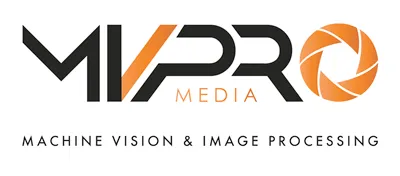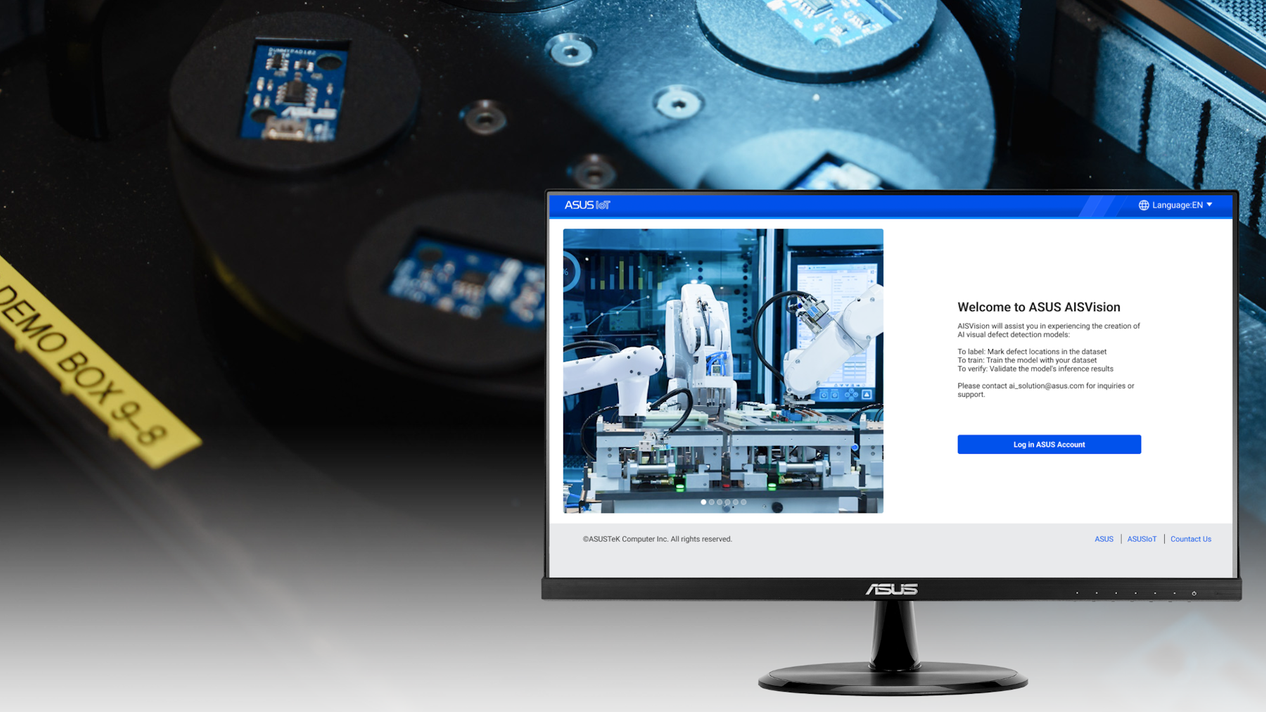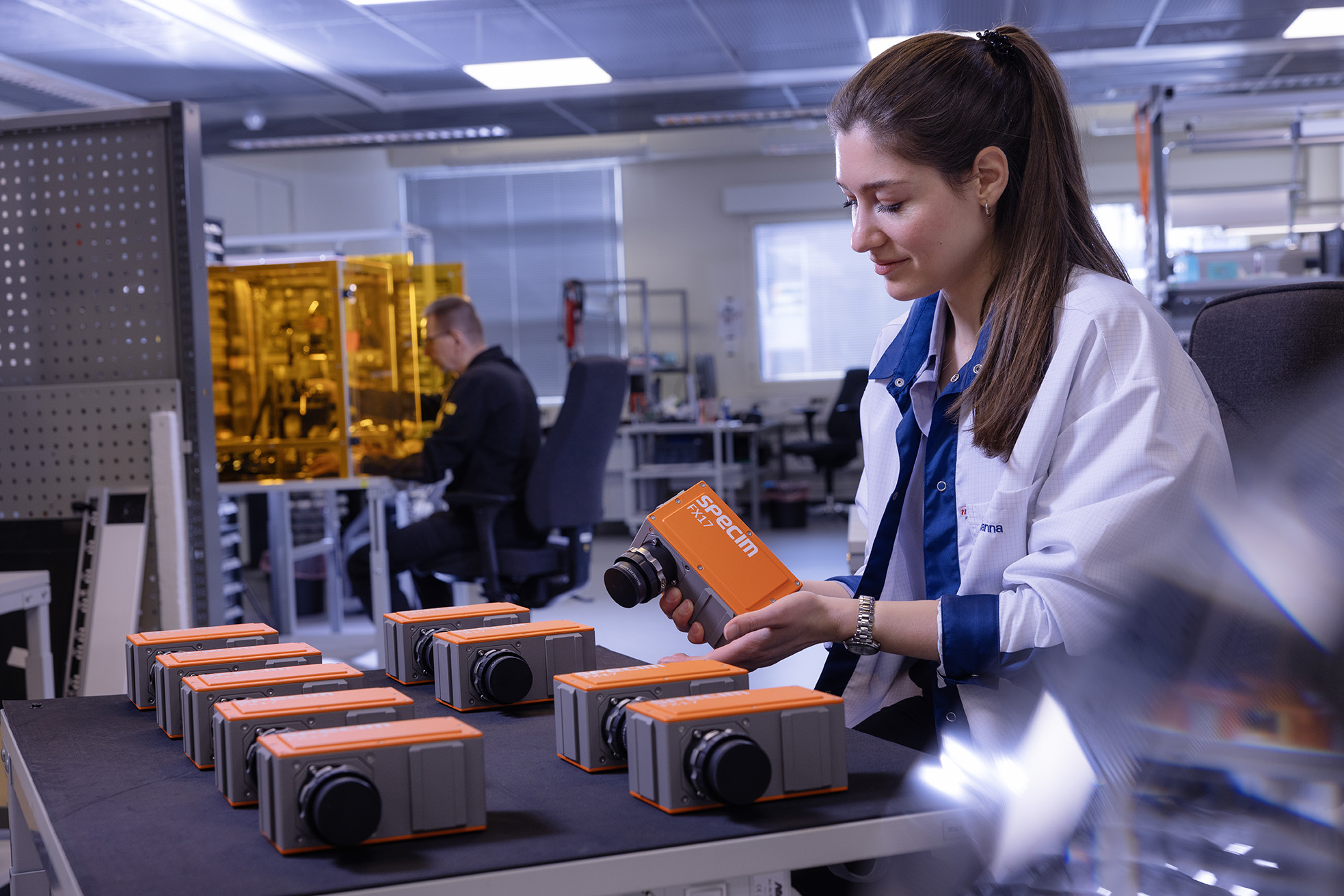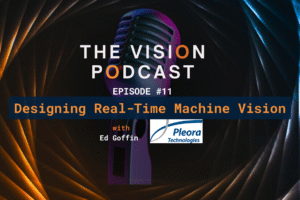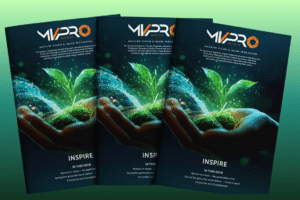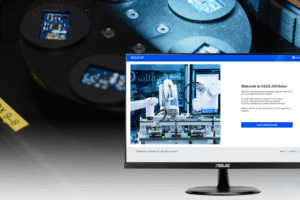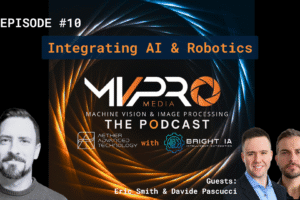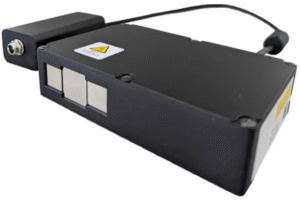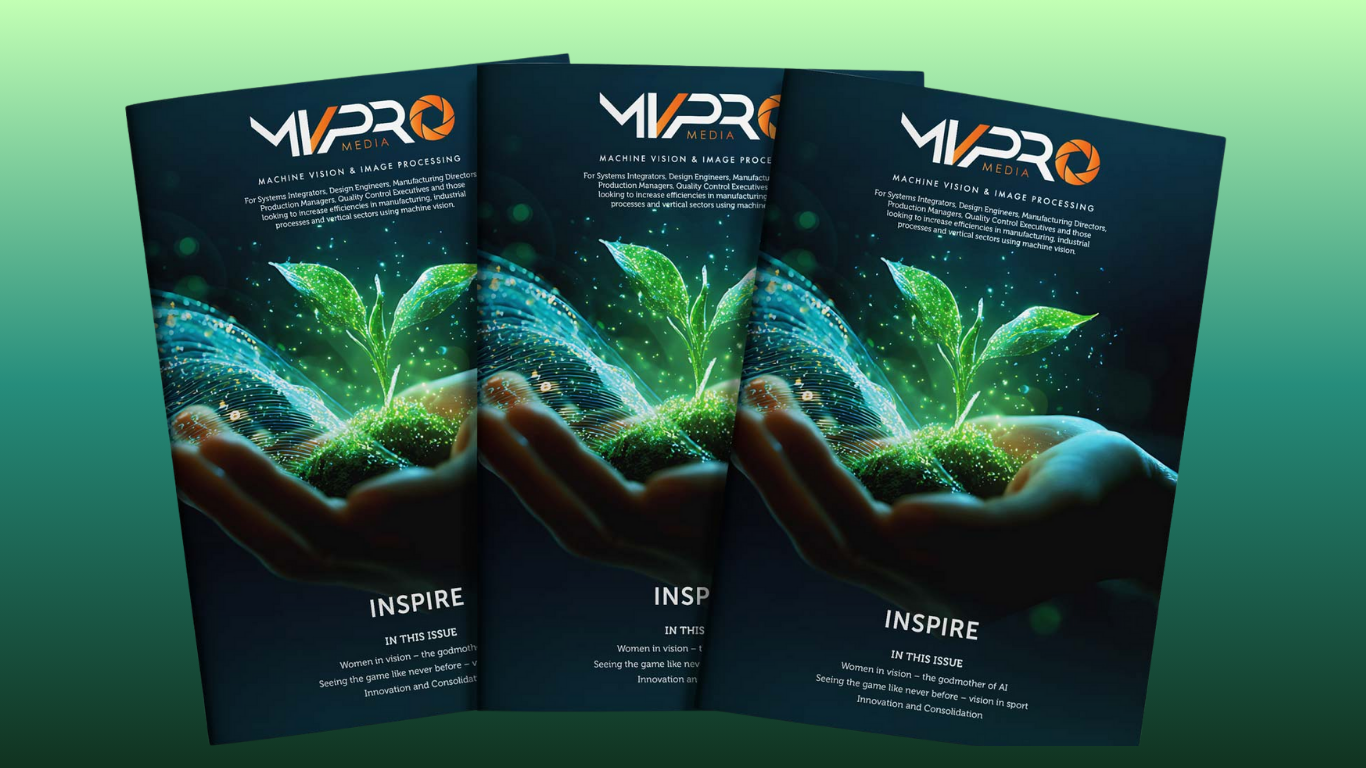October 2025 — Researchers at the Massachusetts Institute of Technology (MIT), working with the MIT-IBM Watson AI Lab and the Weizmann Institute of Science, have introduced a new training method that allows vision-language models to recognise and locate specific objects, even those unique to a particular user or context.
Large vision models can identify broad categories such as “car” or “bottle” but often fail when asked to locate a specific instance, such as “my red mug” or “the worn gear on line three.” The MIT team set out to make AI vision systems more adaptable, teaching them to perceive objects not only by appearance but also by context and behaviour.
Seeing Through Context, Not Just Labels
The researchers developed a self-supervised learning process based on video sequences. Instead of training models on isolated images with labels, they used continuous scenes showing how objects move and interact over time. This approach teaches the model to recognise how an object relates to its surroundings and how it maintains identity across frames.
This leads to what the team calls “personalised perception,” the ability of a model to identify the exact object a user cares about, even if it has never seen it before. By using context and motion rather than relying entirely on labels, the model can adapt to new or customised objects with less retraining, bringing it closer to human-like visual understanding.
Implications for Machine Vision and Automation
In manufacturing and industrial automation, this advance could change how machine vision systems are trained and deployed. Many production lines require identifying specific parts, tools, or product variants, tasks that often involve retraining traditional AI models for each variation.
A context-aware model could generalise from a few examples, learning to recognise a unique component based on its function and environment. This flexibility would be especially valuable in adaptive inspection, robotic guidance, and asset tracking, where changing conditions demand responsive systems.
It could also reduce the time and cost of dataset generation, allowing systems to adjust quickly to new components or configurations on the production floor.
From Recognition to Understanding
MIT’s research reflects a broader shift in AI from recognition to reasoning. Vision systems are moving beyond identifying what is in an image toward understanding how and why objects appear as they do. By combining generative modelling with motion and spatial cues, the new method enables AI to infer relationships rather than memorise patterns.
In logistics, such a model could identify which box needs to be handled, not just detect that boxes are present. In inspection, it could highlight the one component showing early signs of wear among many identical parts.
Bridging AI Research and Industrial Vision
Although the MIT work focuses on foundational AI research, its impact could extend into machine vision and robotics. System integrators increasingly need adaptable software frameworks that can cope with product variability and changing conditions. Methods like this could make industrial vision systems more data-efficient and easier to maintain, without constant retraining.
As edge hardware grows more capable, context-aware models could bring new intelligence to embedded systems, enabling greater autonomy and flexibility on the factory floor.
A Step Toward Human-Like Perception
By grounding AI learning in motion, context, and persistence, the MIT team has taken an important step toward vision systems that interpret the world more like humans do.
For the machine vision industry, it signals a future where systems learn faster, adapt better, and require less supervision, helping bridge the gap between research and real-world automation.
Learn more:
MIT News: “New method teaches generative AI models to locate personalized objects”
